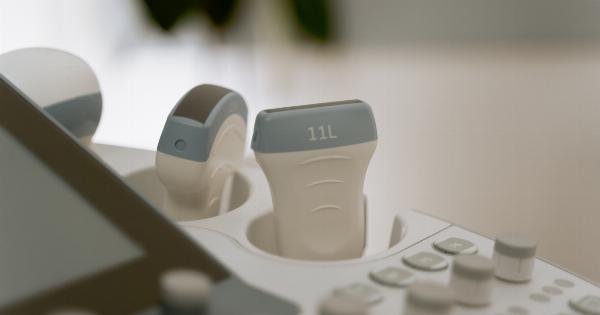Fitness is an essential component of a healthy lifestyle, and measuring your fitness levels is a vital part of tracking your progress towards your fitness goals.
In this article, we will discuss the five key indicators of measuring your fitness and how to interpret and track your progress in each of them.
1. Resting Heart Rate
Resting heart rate (RHR) is the number of times your heart beats per minute while at rest. A lower resting heart rate is an indication of a stronger heart and better cardiovascular fitness.
The average adult’s resting heart rate is between 60 and 100 beats per minute. However, a well-conditioned athlete may have a resting heart rate as low as 40 beats per minute.
You can measure your resting heart rate by measuring your pulse for 60 seconds upon waking up in the morning, before getting out of bed, and at the same time every day. To monitor progress, repeat this process once a week and track your RHR regularly.
A lower RHR over time is an indication of a stronger heart and better cardiovascular fitness.
2. Blood Pressure
Blood pressure is the force of the blood against the walls of the arteries. High blood pressure can lead to serious health problems, including heart disease, stroke, and kidney disease. Blood pressure is measured in two numbers, systolic and diastolic.
The systolic number measures the pressure when the heart beats, and the diastolic number measures the pressure when the heart is at rest.
A healthy blood pressure range is typically below 120/80 mmHg. High blood pressure is considered above 140/90 mmHg. However, blood pressure levels can vary depending on age, gender, and overall health.
It is essential to monitor your blood pressure regularly and consult your healthcare provider if your levels are outside the healthy range.
3. Body Mass Index (BMI)
Body Mass Index (BMI) is a measure of body fat based on your height and weight. A higher BMI indicates a higher percentage of body fat and an increased risk for many health problems, including heart disease, diabetes, and certain cancers.
BMI is calculated by dividing your weight in kilograms by your height in meters squared.
A healthy BMI range is between 18.5 and 24.9. A BMI below 18.5 is considered underweight, while a BMI above 24.9 is overweight. However, BMI is not always an accurate measure of health.
For athletes or individuals with a higher percentage of muscle mass, BMI may not accurately reflect their level of body fat. It is essential to consult with your healthcare provider to determine your ideal BMI range based on your individual health and fitness goals.
4. Flexibility
Flexibility is the range of motion of a joint or group of joints. Maintaining good flexibility is crucial for injury prevention and overall physical performance. Lack of flexibility can lead to muscle strains, joint pain, and poor posture.
You can measure your flexibility using simple tests such as the sit-and-reach test or shoulder flexibility test. To improve flexibility, include regular stretching exercises in your fitness routine.
Yoga and Pilates are also great forms of exercise that focus on improving flexibility and balance.
5. Muscular Strength and Endurance
Muscular strength is the amount of force a muscle can exert in a single effort, while muscular endurance is the ability of a muscle to sustain repeated contractions over a period.
Both strength and endurance are essential for overall fitness and physical performance. Strength training is an effective way to improve muscular strength and endurance.
To measure your muscular strength and endurance, you can perform exercises such as push-ups, pull-ups, and squats. Strive to increase the number of repetitions or weight lifted over time to track improvements in your muscular strength and endurance.
Conclusion
Measuring your fitness levels is a crucial part of managing your overall health and reaching your fitness goals. Tracking your progress in the five key indicators discussed above can help you stay motivated and identify areas that need improvement.
Remember to consult with your healthcare provider before starting any new exercise program to ensure it is safe and appropriate for your individual needs.






























